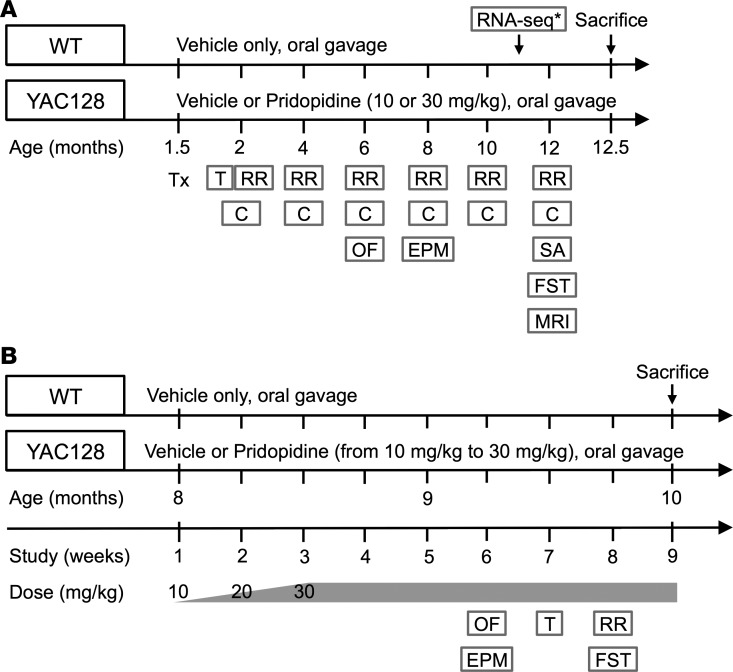Figure 1. Schematic representation of the experimental design for the early and late pridopidine study in YAC128 HD mice.
(A) Early pridopidine treatment study design. WT mice were administered vehicle (ddH2O) only, whereas YAC128 HD mice were administered either vehicle (ddH2O) or pridopidine (10 or 30 mg/kg). Treatment started at 1.5 months of age (premanifest) and continued for 10.5 months. (B) Late pridopidine treatment study design. WT mice were administered vehicle (ddH2O) only, whereas YAC128 HD mice were administered either vehicle (ddH2O) or an escalating dose of pridopidine (10 mg/kg in week 1, 20 mg/kg in week 2, and 30 mg/kg in weeks 3–8). Treatment started at 8 months of age (manifest) and continued for 2 months. For both A and B, a set of behavioral tests were carried out as indicated. For B, MRI was also performed. *RNA-seq was performed on an independent cohort of mice. Tx, treatment initiation; T, motor learning; RR, accelerating rotarod; C, climbing test; OF, open field; EPM, elevated plus maze; SA, spontaneous activity test; FST, forced swim test.

